How to Forage for Wild Edibles
RVFB recently hosted a workshop on Gathering Wild Edibles, hosted by Roger and Linda Urbaniak. Roger and Linda are self proclaimed “weirdos” — much of their diet is comprised of foraged bounty. What some consider “weeds” may be dinner for others! Common Seattle backyard plants such as purslane, lambsquaters and fireweed may even give you a hearty dose of some vitamins you might lack, such as Omega 3’s and B’s. For those of you that missed last week’s session, we hope to host another in the Spring. We see workshops like this as a great way to empower our community around food. These sessions are free and open to the public.
There is actually quite a bit that can be foraged in the urban landscape! You don’t need to drive out to the I-90 corridor in pursuit. Vacant lots, your back yard, even alley ways can be your dinner’s treasure cove. Some plants have deeper roots than others; as such, the urban forager should consider this when harvesting plants that are close to buildings. Purslane for example, has very shallow roots so is less likely to pull in contaminant seepage in an urban environment. Avoid harvesting near roadways, as run-off toxins from the road are no good in your salad or stir fry. Also avoid plants with any sort of deformity — this can be a sign of weed-killing chemicals.
Below are a few plants that you can forage for yourself! According to Roger and Linda, these do not have any poisonous lookalikes — however, you should always practice caution when foraging by cross-referencing with other sources.
Purslane – Portulaca oleracea
Year round
With a slightly sour and salty taste, purslane is an extremely robust plant and can be found everywhere in the US. In the Northwest, look for yellow flowers in August. The stems have a redish tint and the leaves are meaty and succulent. Research indicates that purslane boasts more alpha-linolenic acid than any other leafy plant source! Alpha-linolenic acid is a kind of omega-3 fatty acid found in plants, similar to omega-3 fatty acids found in fish.
From SurvivalFood.com: “Both the stems and flower buds are edible. Use a clean and sharp knife to trim the stems near the roots. Fresh, raw leaves make an excellent contribution to salads or juice. Try cutting purslane into small bites and mixing it with rice or adorning soups.”
Lambsquarters – Chenopodium album
Year round
Excellent cooked or raw, lambsquarters can be found coming up through urban cracks everywhere. The leaves have a slightly dusted appearance. The leaves are what you want to eat and are extremely nutritious — anything you do with spinach can be done with lambsquarters leaves.
From GreenSmoothiesBlog.com: “You can find lambsquarters all over America and in many different habitats from rich farm soils to empty lots in desert towns. It tends to grow in disturbed soils, close to humans rather than in remote places.”
Asparagus – Asparagus officinalis
Late March to May
Wild asparagus tastes just the same as store bought – perhaps even better! Practice reverence when picking this plant as one single plant can live for over 100 years! In fact, according to Linda Urbaniak, there are still to this day productive asparagus plants at Monticello, Virginia, originally planted by Thomas Jefferson himself. In the fall, asparagus blooms bright yellow flowers. It’s best to stop picking by the end of June. The stalks tend to hide amid it’s feathery fauna, so peer deep!
From Bastyr University: “You can find asparagus growing wild in the moist lowlands of Eastern Washington. Essentially identical to the asparagus you will find in the grocery store, wild asparagus is often smaller. Toss a few spears with olive oil and garlic and cook on the grill for a nutritious side dish packed with potassium and folic acid.”

